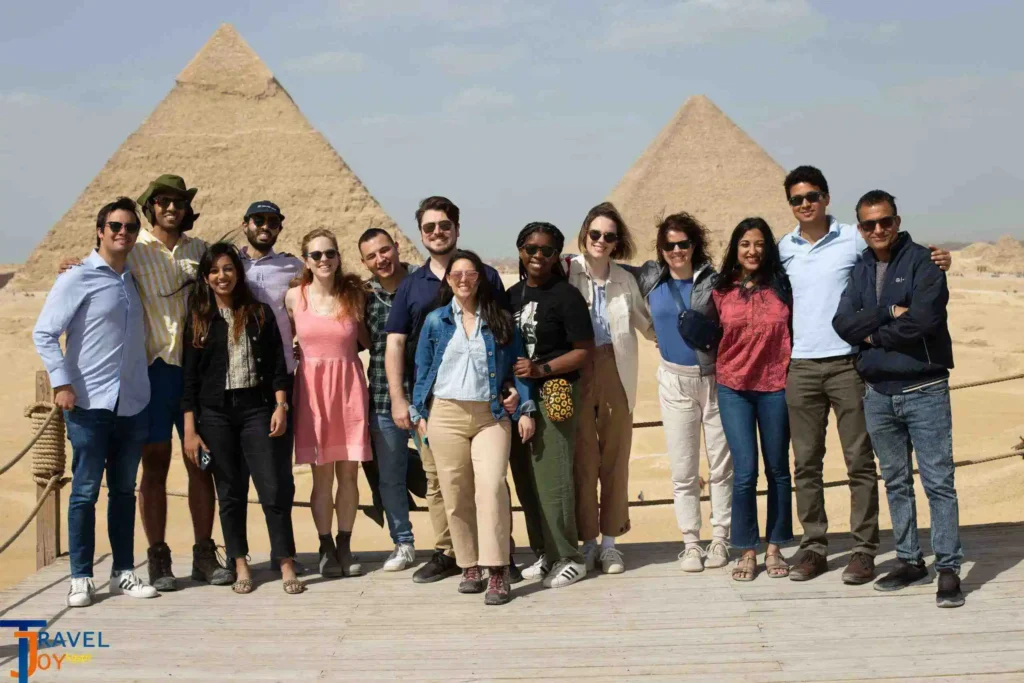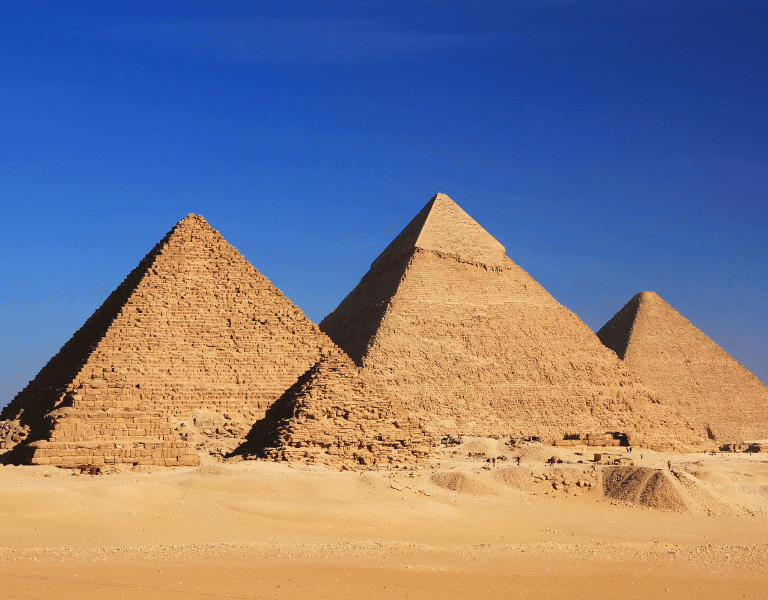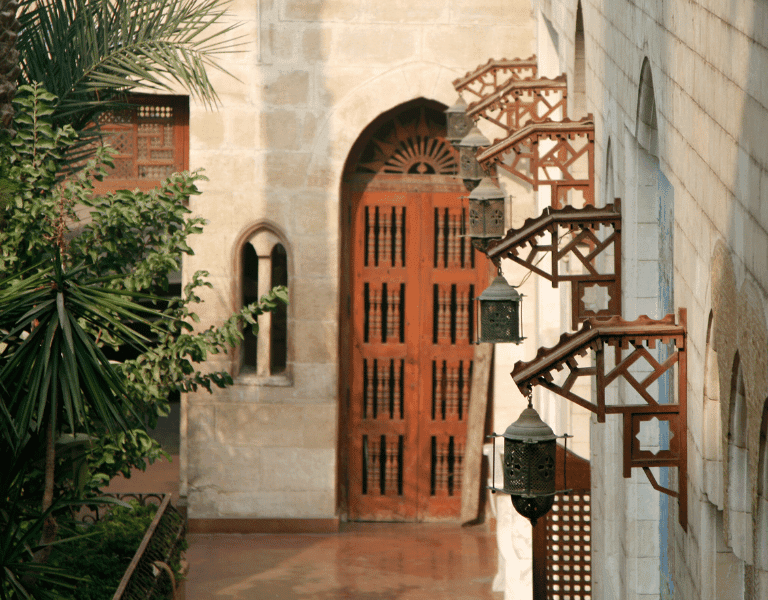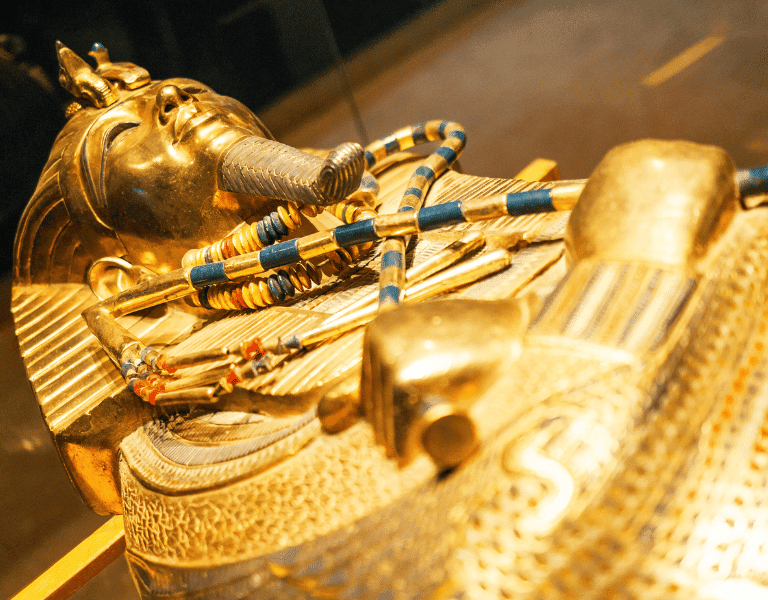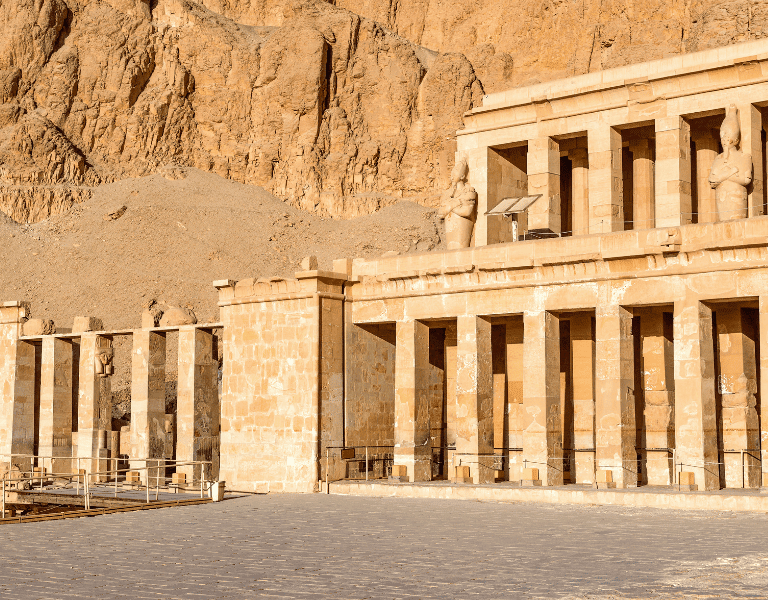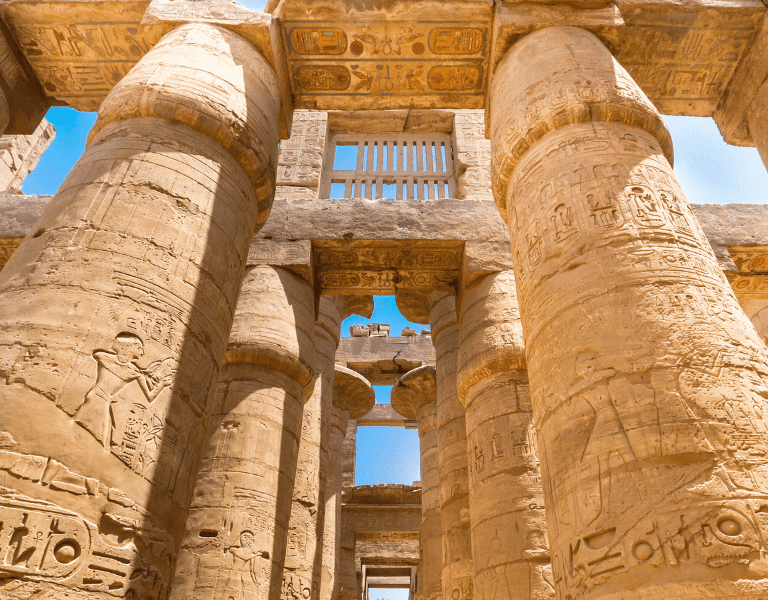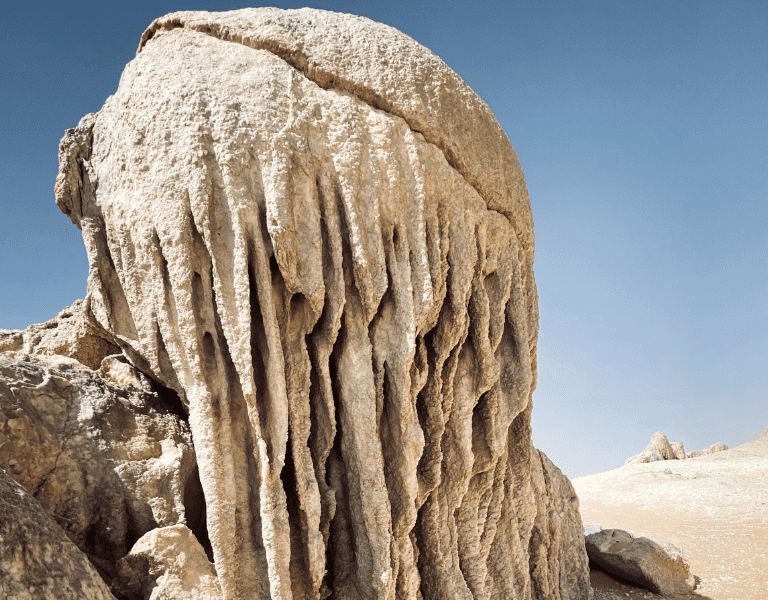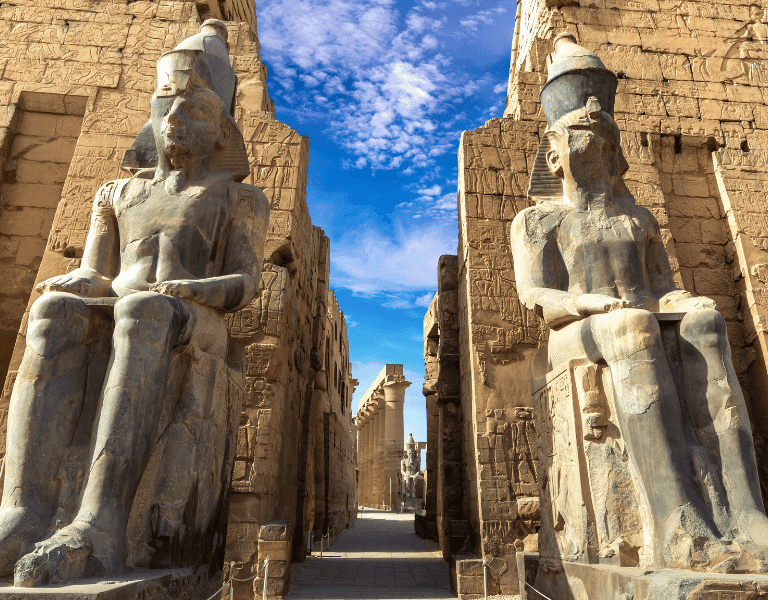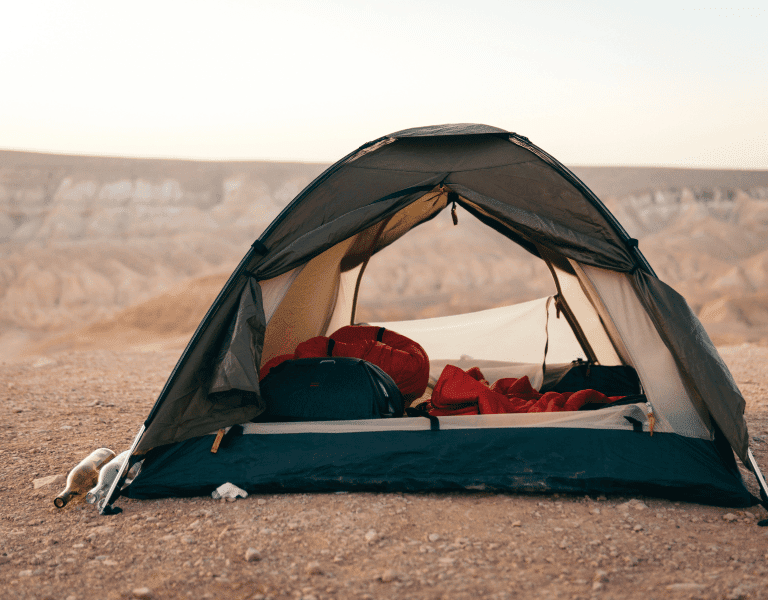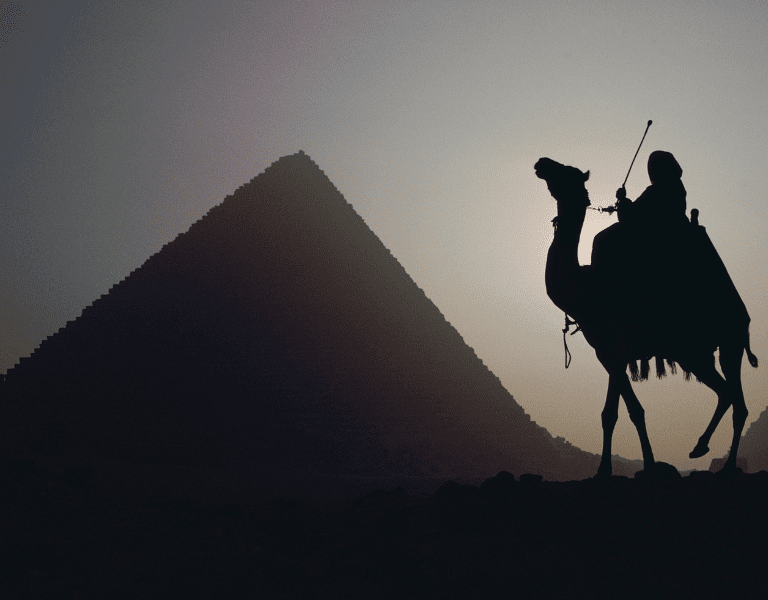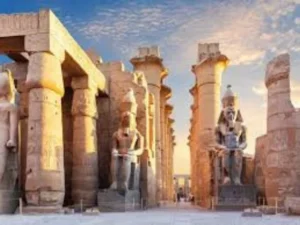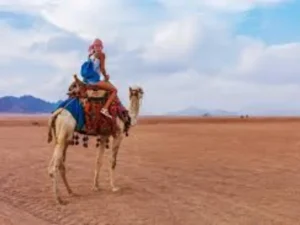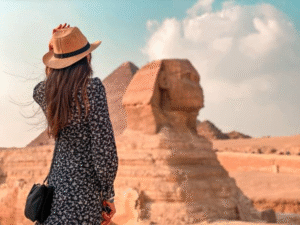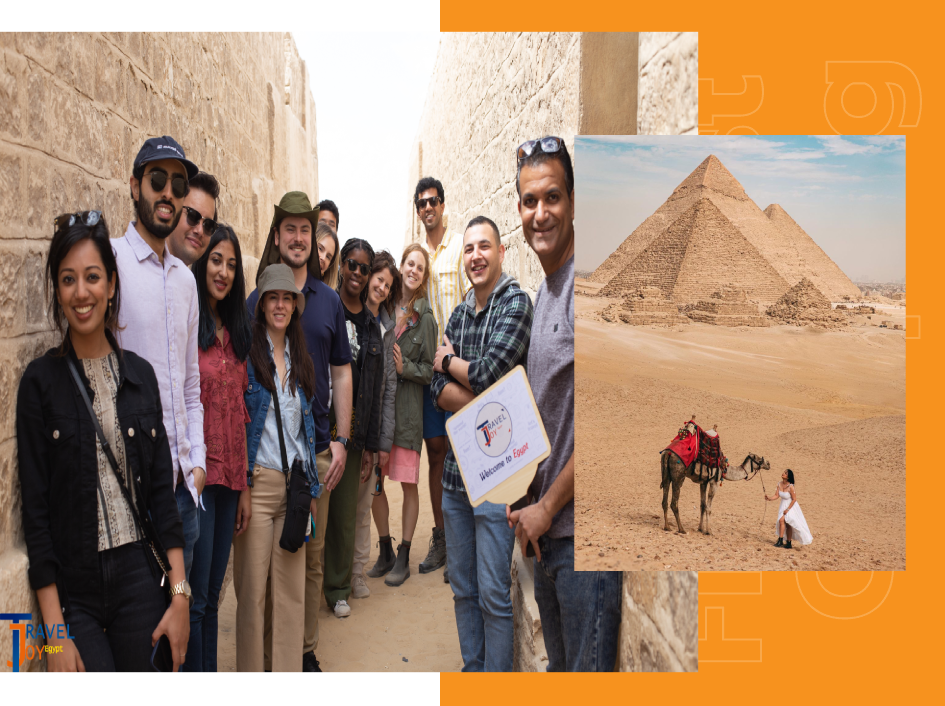Farming was at the heart of ancient Egyptian civilization. The fertile lands of the Nile Valley provided the foundation for one of the world’s most advanced and enduring cultures. The techniques and innovations developed by the ancient Egyptians in agriculture allowed them to thrive in a harsh desert environment. These methods not only shaped Egypt’s economy but also influenced civilizations worldwide.
Understanding the farming techniques that the Egyptians used provides valuable insight into their daily lives, ingenuity, and contributions to modern agriculture. Travel Joy Egypt provides the best Egypt tours and Nile cruises.
The Role of the Nile River in Egyptian Farming
The Nile River was the lifeblood of ancient Egypt. It was more than just a water source; it was the key to Egyptian agriculture. The annual flooding of the Nile created rich, fertile soil that allowed Egyptians to grow crops in an otherwise arid landscape.
- Flooding and Irrigation: Each year, the Nile River would flood, depositing nutrient-rich silt on the land. This natural process made the soil incredibly fertile, allowing farmers to grow abundant crops. The Egyptians harnessed this flooding by creating sophisticated irrigation systems to control the water and direct it to fields during dry periods.
- The Shaduf: One of the most important innovations in ancient Egyptian farming was the shaduf, a hand-operated device used to lift water from the Nile or canals. The shaduf enabled Egyptians to irrigate their fields more efficiently, ensuring crops could grow even during the dry season.
Crop Cultivation and Agricultural Practices
Ancient Egyptians grew a wide variety of crops, relying on both the fertile soil of the Nile Valley and careful farming practices. Their agricultural techniques were both innovative and highly efficient, allowing them to produce enough food to support their society for thousands of years.
- Wheat and Barley: The staple crops of ancient Egypt were wheat and barley. These grains were used to make bread and beer, two of the most important foods in the Egyptian diet. The Egyptians were skilled at cultivating these crops, using both the flooding of the Nile and irrigation systems to ensure a steady harvest.
- Vegetables and Legumes: In addition to grains, Egyptians grew a variety of vegetables, including onions, garlic, leeks, and lettuce. They also cultivated legumes like lentils and beans, which provided important sources of protein.
- Fruits and Dates: The Egyptians were also known for growing fruit, especially dates, which were highly prized for their sweetness and nutritional value. Other fruits included figs, grapes, pomegranates, and melons. These crops were cultivated in gardens and orchards, which were watered through irrigation systems.
- Flax and Papyrus: In addition to food crops, the Egyptians grew flax, which was used to make linen, and papyrus, a plant used to create the first paper. Both of these crops were important for trade and daily life, contributing to Egypt’s economy and culture.
Advanced Irrigation Systems and Tools
The success of Egyptian farming was not only due to the natural resources at their disposal but also their ability to create and maintain sophisticated irrigation systems. These systems enabled the Egyptians to manage the flooding of the Nile and ensure that crops were watered year-round.
- Basins and Canals: The Egyptians built a network of canals and basins to direct water from the Nile to their fields. These canals were often lined with dikes to control the flow of water and prevent flooding. The basins captured water during the Nile’s annual flooding, storing it for use during dry periods.
- Water Lifting Devices: The shaduf was one of the most common tools used to lift water, but other devices such as the sakia (a water wheel) were also used to raise water from canals and distribute it over fields. These innovations allowed the Egyptians to increase the productivity of their land and extend the growing season.
- Plowing Techniques: The Egyptians also used plows drawn by oxen to prepare their fields for planting. These early plows were simple but effective tools, allowing farmers to break up the soil and create furrows for planting seeds. This method of plowing increased the efficiency of farming and helped ensure that crops were properly spaced for optimal growth.
Agricultural Seasons and the Egyptian Calendar
The ancient Egyptians had a deep understanding of the cycles of nature, and they used this knowledge to organize their agricultural practices. The flooding of the Nile and the growing seasons were central to the Egyptian calendar, which was divided into three main seasons that reflected the agricultural cycle.
- Akhet (The Inundation): The first season of the Egyptian calendar was Akhet, the time when the Nile flooded the land. This season was crucial for preparing the soil and ensuring that it was fertile for the upcoming planting. During Akhet, farmers would repair irrigation systems, plant certain crops, and take advantage of the nutrient-rich soil left behind by the floodwaters.
- Peret (The Growing Season): The second season, Peret, was the time when crops were planted and grown. It coincided with the dry season, and farmers used irrigation systems to keep the land watered as the Nile waters receded. Wheat, barley, and other crops were grown during this season.
- Shemu (The Harvest Season): The final season of the year, Shemu, was the time for harvesting the crops that had been grown during Peret. This was a busy and important time for farmers, as it was when the majority of food was gathered for storage and distribution.
The Impact of Ancient Egyptian Farming on the World
The agricultural techniques developed by the ancient Egyptians not only allowed them to thrive but also had a lasting impact on farming practices around the world. Many of the innovations they introduced were adopted by other civilizations and continue to influence modern farming.
- Irrigation and Water Management: The Egyptians’ use of irrigation systems to manage the flooding of the Nile was an early example of water management that influenced later civilizations, including those in Mesopotamia and the Indus Valley. Today, modern irrigation techniques still rely on the principles developed by ancient Egyptians.
- Crop Rotation and Fertilization: The Egyptians practiced crop rotation and used natural fertilizers, such as manure, to maintain the health of their soil. These methods were key to sustaining agricultural productivity over the long term and were later adopted by other cultures.
- Tools and Techniques: The tools and techniques developed by the Egyptians, such as the plow and the shaduf, laid the groundwork for agricultural innovations in later civilizations. Many of these methods, though refined over time, continue to be used in modern farming.
Conclusion: The Enduring Legacy of Egyptian Farming Techniques
The farming techniques developed by the ancient Egyptians were central to their civilization’s success. Through their innovative use of the Nile River, sophisticated irrigation systems, and efficient farming tools, the Egyptians were able to cultivate a wide variety of crops and build one of the most prosperous societies of the ancient world. The agricultural techniques they developed not only supported their own civilization but also influenced farming practices across the globe, leaving a legacy that continues to shape the way we grow food today.



